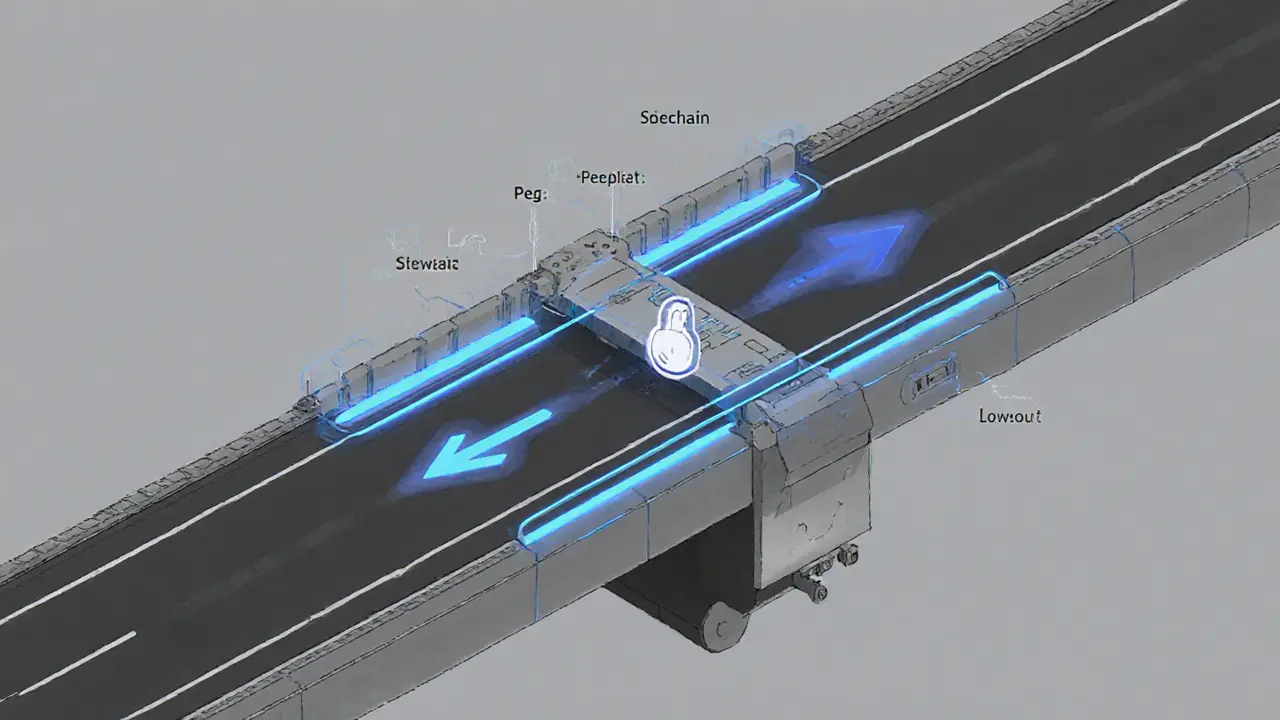Blockchain Scaling: Boosting Speed and Reducing Costs
When working with blockchain scaling, the collection of techniques that increase transaction throughput while keeping security intact. Also known as network scaling, it lets a blockchain handle more users and more data without slowing down. In simple terms, scaling is the answer to the "too slow, too pricey" problem you see on many popular chains. Think of a highway that adds extra lanes, a faster toll system, or a separate service road – all aimed at moving traffic smoother. The same idea applies to digital ledgers, but the tools are a bit more technical.
One of the most common tools is layer 2 solutions, off‑chain protocols that bundle many transactions before posting a single proof to the main chain. Layer 2 enables higher throughput without changing the base protocol. Sharding, splits the blockchain state into multiple parallel pieces called shards takes a different approach: it lets each node process only a fraction of the total workload, so the whole network moves faster. Both layer 2 and sharding address the same scaling challenge but from opposite angles – one pushes work off‑chain, the other distributes work across many chains.
Another pair of techniques – sidechains, independent blockchains that run alongside a main chain and can transfer assets back and forth and rollups, systems that compress transaction data and post a succinct proof on the base layer – complement scaling by providing parallel processing lanes or packing more data into fewer on‑chain bytes. Sidechains give developers a sandbox to experiment with new features while keeping the main chain safe, whereas rollups keep most data on‑chain for stronger security. Together these four entities – layer 2, sharding, sidechains, and rollups – form a toolbox that any blockchain can draw from to improve performance.
Understanding how each method works helps you decide which solution fits a particular problem, whether you’re a developer building a DeFi app or an investor scouting projects with solid technical foundations. Below you’ll find a curated collection of articles that dive deeper into these scaling approaches, showcase real‑world examples, and explain the trade‑offs you should watch out for.

Understanding Sidechains: Scaling and Interoperability in Cryptocurrency
A clear, conversational guide explains what sidechains are, how two‑way pegs work, real‑world examples like Liquid and Rootstock, benefits, risks, and future trends.

Blockchain Sharding Explained: How Sharding Scales Crypto Networks
Learn what blockchain sharding is, how it works, its benefits, challenges, and real‑world examples like Ethereum, Cardano, NEAR, and Polkadot.
